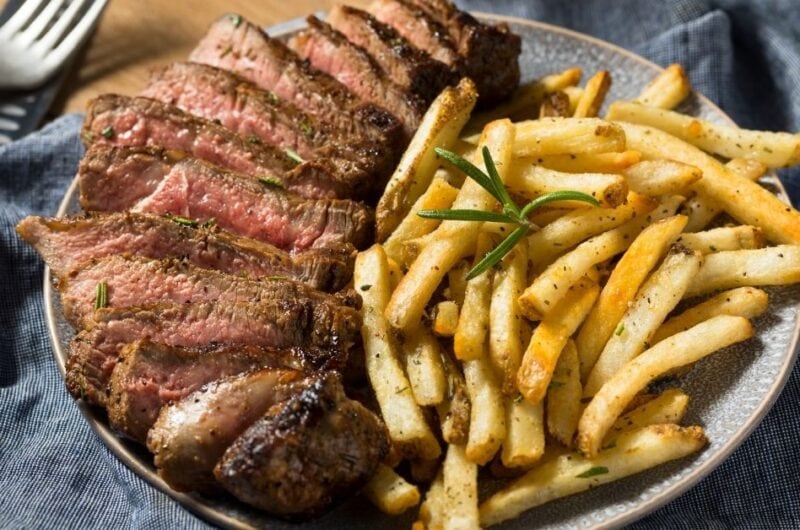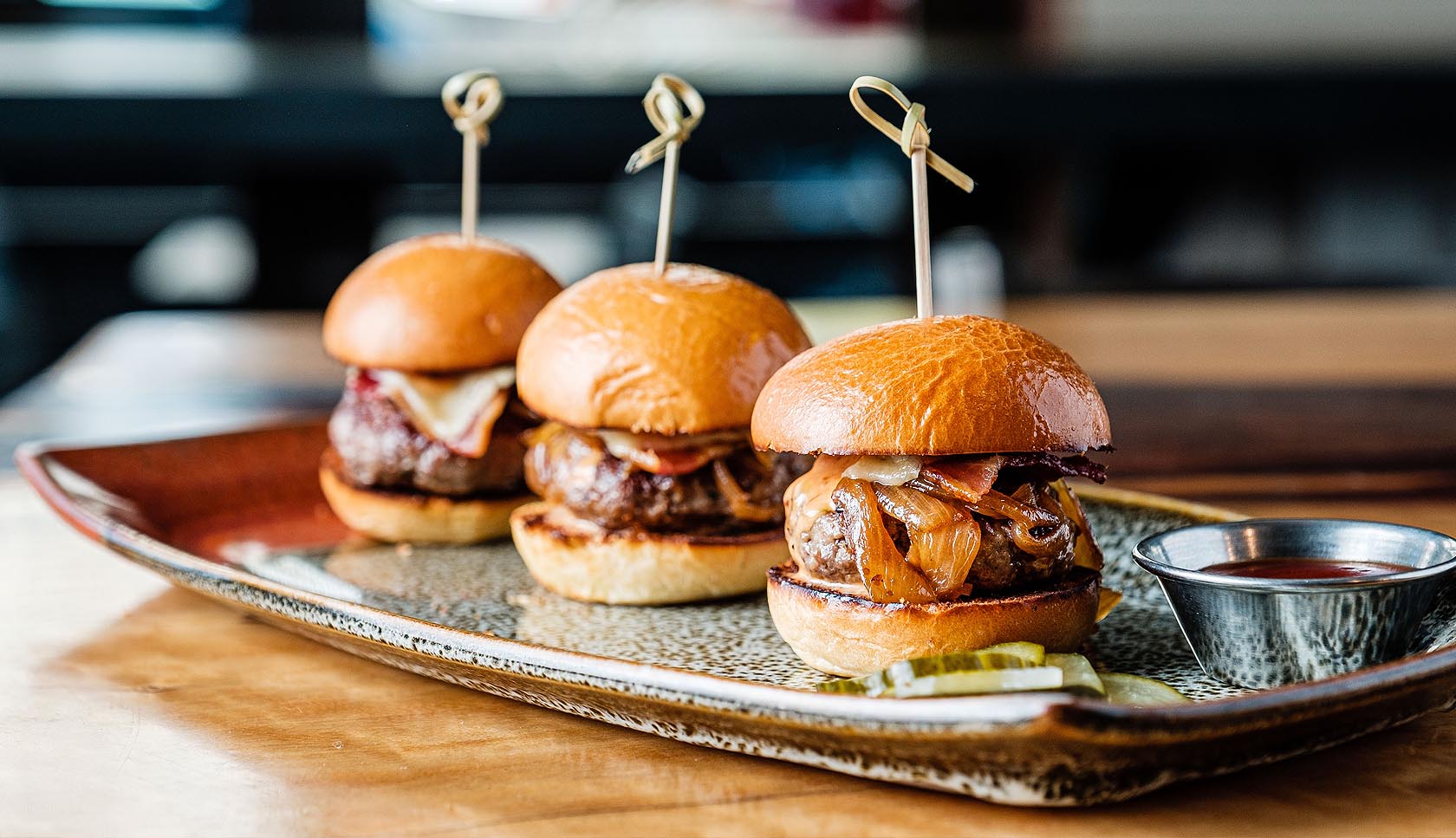Good bar food is an art form that combines taste, convenience, and presentation to create a satisfying and enjoyable dining experience. Whether you’re grabbing a quick bite or indulging in a full meal, the right bar food can elevate your evening and make it a memorable occasion.
From classic appetizers to hearty entrees, the world of bar food is diverse and offers something for everyone. Dive into the flavors, ingredients, and preparation techniques that make good bar food stand out and explore the perfect pairings that will enhance your next bar visit.
Defining Good Bar Food

Good bar food is a culinary art form that caters to the unique atmosphere and needs of a bar setting. It must strike a delicate balance between taste, convenience, and presentation, ensuring that patrons can enjoy delicious and satisfying snacks while socializing and enjoying their drinks.
Characteristics of Good Bar Food
The defining characteristics of good bar food include:
- Taste:It should be flavorful and satisfying, appealing to a wide range of palates.
- Convenience:It should be easy to eat, often with one hand, and not require extensive preparation or utensils.
- Presentation:While not always as elaborate as restaurant dishes, it should be visually appealing and appetizing.
Classic Bar Food Items
Some classic bar food items that exemplify these characteristics include:
- French Fries:Crispy, golden-brown potatoes that are both tasty and convenient.
- Chicken Wings:Succulent chicken wings coated in a variety of flavorful sauces.
- Nachos:Crispy tortilla chips topped with melted cheese, salsa, and other ingredients.
- Onion Rings:Thick-cut onion rings battered and fried to perfection.
- Pretzels:Soft, chewy pretzels served with mustard or cheese sauce.
Types of Good Bar Food

Bar food encompasses a diverse range of culinary offerings, each with its own unique characteristics and appeal. From tantalizing appetizers to hearty entrees and satisfying sides, there is a plethora of options to choose from, catering to various tastes and preferences.
The following table provides a comprehensive categorization of bar food, highlighting examples and descriptions for each type:
| Category | Examples | Descriptions |
|---|---|---|
| Appetizers | Chicken wings, mozzarella sticks, onion rings | Small, shareable dishes designed to stimulate appetite and complement beverages |
| Entrees | Burgers, sandwiches, tacos, pizza | Main courses that provide a substantial meal, often accompanied by sides |
| Sides | French fries, potato skins, coleslaw | Accompaniments to entrees, enhancing the overall dining experience |
Ingredients and Flavors: Good Bar Food
Bar food relies on a select group of ingredients that contribute to its unique appeal. These ingredients, often simple and affordable, are combined to create a symphony of flavors that tantalize the taste buds.
Common Ingredients, Good bar food
- Proteins:Chicken wings, burgers, fries, and sausages are staples of bar food menus, providing a satisfying source of protein.
- Dairy:Cheese, in various forms, is a ubiquitous ingredient in bar food, adding richness, flavor, and meltability.
- Carbohydrates:Fries, onion rings, and breadsticks offer a comforting and filling base for many bar food dishes.
- Vegetables:While not as prominent as other ingredients, vegetables like celery, carrots, and tomatoes add freshness and crunch.
- Spices and Seasonings:Salt, pepper, garlic, and paprika are essential seasonings that enhance the flavors of bar food.
Flavor Profiles
The flavor profiles of bar food are typically bold, savory, and indulgent. The combination of salty, fatty, and sweet elements creates a crave-worthy experience. The use of spices and seasonings adds complexity and depth to the flavors, while the textures of crispy, crunchy, and gooey elements provide a satisfying contrast.
Balancing Flavors
Achieving a harmonious balance of flavors is crucial in creating satisfying bar food. Chefs carefully consider the combination of ingredients and seasonings to ensure that no one flavor overpowers the others. The key is to create a cohesive experience where each element complements the next, resulting in a dish that is both satisfying and memorable.
Preparation and Presentation

Bar food preparation involves a range of techniques to achieve the desired flavors and textures. Frying is a common method, creating crispy exteriors and tender interiors, as seen in classic dishes like French fries and onion rings. Grilling adds smoky notes and grill marks, enhancing the taste of items like burgers and chicken wings.
Baking offers a healthier alternative, providing a golden-brown crust and fluffy interiors, as exemplified by pretzels and baked potato skins.
Presentation plays a crucial role in elevating the dining experience. A visually appealing dish enhances its perceived taste and overall enjoyment. Plating should consider the shape, color, and texture of the food items, arranging them in a manner that complements each other and creates a visually stimulating dish.
Garnishes, such as fresh herbs, sliced vegetables, or sauces, add a touch of elegance and provide additional flavors or textures to the dish.
Plating Techniques
- Arrange strategically:Place items on the plate with intention, creating balance and visual interest.
- Use contrasting colors:Combine colorful ingredients to create a vibrant and eye-catching presentation.
- Consider height:Incorporate items of varying heights to add dimension and depth to the dish.
Garnishing Tips
- Fresh herbs:Sprinkle chopped parsley, cilantro, or basil to add color and freshness.
- Sliced vegetables:Thinly sliced cucumbers, carrots, or bell peppers provide a crisp and colorful touch.
- Sauces:Drizzle or dollop sauces sparingly to enhance flavors and create a visually appealing presentation.
FAQ Insights
What are some classic examples of good bar food?
Classic bar food items include chicken wings, nachos, burgers, fries, and onion rings.
How can I balance flavors in my bar food?
To balance flavors in your bar food, consider combining salty and sweet elements, adding acidity with citrus or vinegar, and using herbs and spices to enhance the overall taste.
What are some tips for plating bar food effectively?
For effective plating, use contrasting colors and textures, arrange items thoughtfully, and consider the size and shape of your serving dishes.
